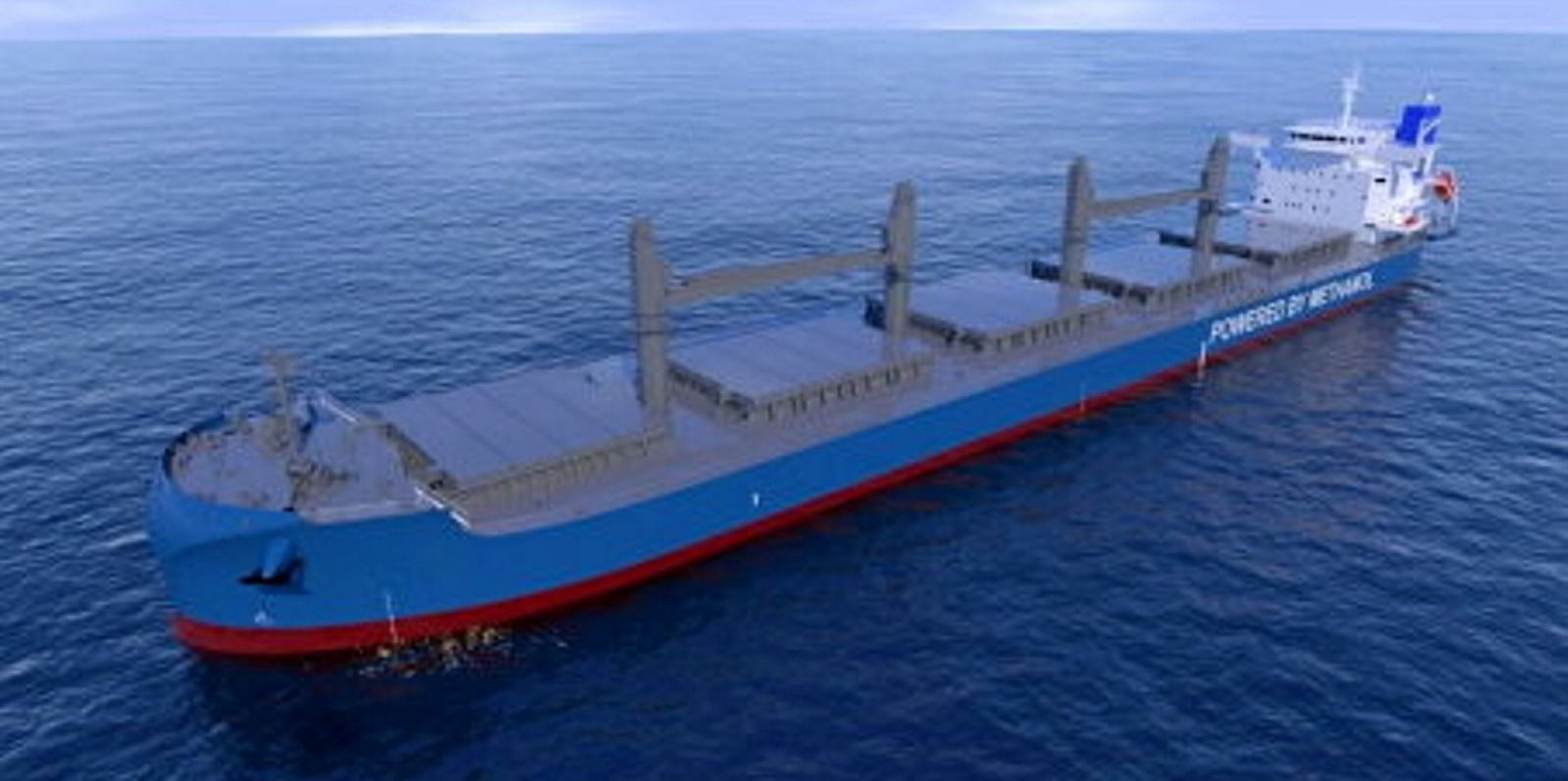Methanol-capable vessels are making up a greater proportion of newbuilding orders this year, figures from Clarksons Research show.
The research arm of UK shipbroker Clarksons said there has been a steady flow of contracts so far in 2023, with 1,038 ships of 69.3m dwt booked in with shipyards.
This is fairly similar to the average run-rate across the last decade.
“Ordering appetite for newbuilds remains firm in several sectors despite elevated newbuild prices, depleted slot availability at yards, uncertainty around fuelling technology choices and economic headwinds negatively impacting investor sentiment,” the company added.
The energy transition remains a major focus, with 323 alternative-fuel ships ordered this year.
Methanol vessels account for 36% of this total, up from 11% in 2022, though LNG remains the most popular choice at 55%.
Tanker ordering has also picked up in 2023.
Owners have put pen to paper on 230 units of 21.4m dwt, already double the 2022 total, Clarksons Research said.
There is still demand for new ships in the LNG carrier sector, with 42 vessels of 7.4m cbm ordered between January and August.
Container ship contracting is down at 143 units of 1.4m teu, but still up 26% on the 2010s average in teu terms, the company calculated.
Boxship owners still have the money
“In particular, appetite has remained strong from cash-rich liners for alternative fuel-capable container ships,” Clarksons Research added.
The value of newbuilding investment remains elevated, the company added.
Orders are worth $74bn to date, up 22% on the 2010s average, though down 19% on 2022 amid fewer orders for higher-cost LNG carriers and container ships.
And prices are still rising.
Clarksons’ newbuilding price index hit 177 points by the end of August, the highest level since 2008, and up 8% since the start of the year.





